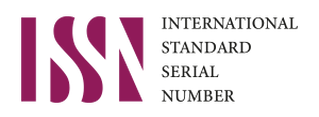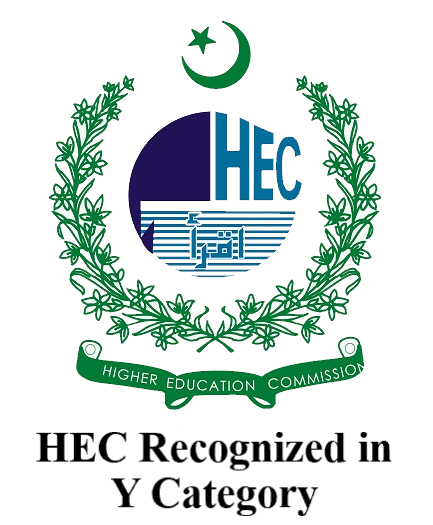Practitioner’s Perspective on Coaching in Pakistan; Barriers and Proposed Solutions
DOI:
https://doi.org/10.71016/hnjss/s9k76j27Keywords:
Barriers and Solutions to Coaching Practice, Practitioner’s Perspective, Coaching in PakistanAbstract
Aim of the study: Coaching as a mean of individual and professional development is a well- practiced and academically researched field in the west. In developing countries such as Pakistan where industrialization on global level is still in its infancy, the necessity of coaching in business sector for professional development is still a new phenomenon. In this regard this research aimed to gain an overview of the field of coaching with specific emphasis on barriers and possible solutions to the field of coaching by drawing on the experiences of Pakistani born coaches who primarily practice coaching with Pakistani clients.
Methodology: A criterion based purposive and snow ball sampling strategy was used to recruit N=8 coaches (3 females and 5 males) from 3 major cities of Pakistan (Lahore, Karachi, Islamabad). Semi structured interviews were conducted focusing on two main areas of inquiry, 1) observed/perceived barriers in coaching field, and 2) suggested solutions for improvement that can help establish coaching as a professional field. The interviews were audio recorded and conducted online via skype and zoom. Inductive thematic analysis framework by Braun and Clarke, (2012) was used to analyze the interview transcripts.
Results: Three main barriers were identified as lack of public awareness regarding coaching, return on investment and malpractice. Solutions were proposed at academic and professional level.
Implications: At academic level this study highlights areas for further research on coaching in Pakistan. At practical level this study highlights areas that need focus to establish coaching field in Pakistan at a more professional, ethical and commercially viable standards.
Downloads
Published
Issue
Section
License
Copyright (c) 2022 Sadia Khan, Dr. Saima Ghazal (Author)

This work is licensed under a Creative Commons Attribution-NonCommercial 4.0 International License.








